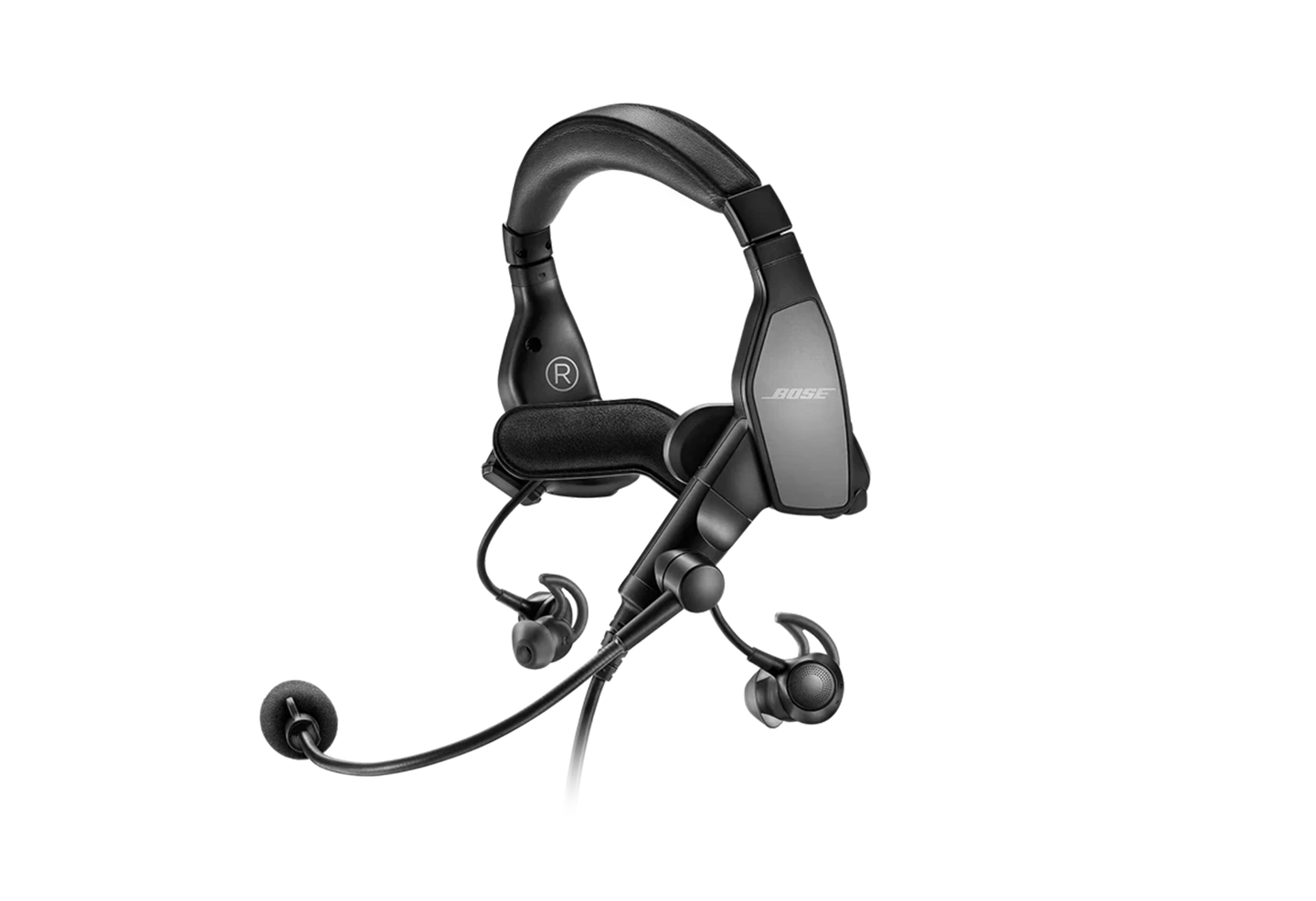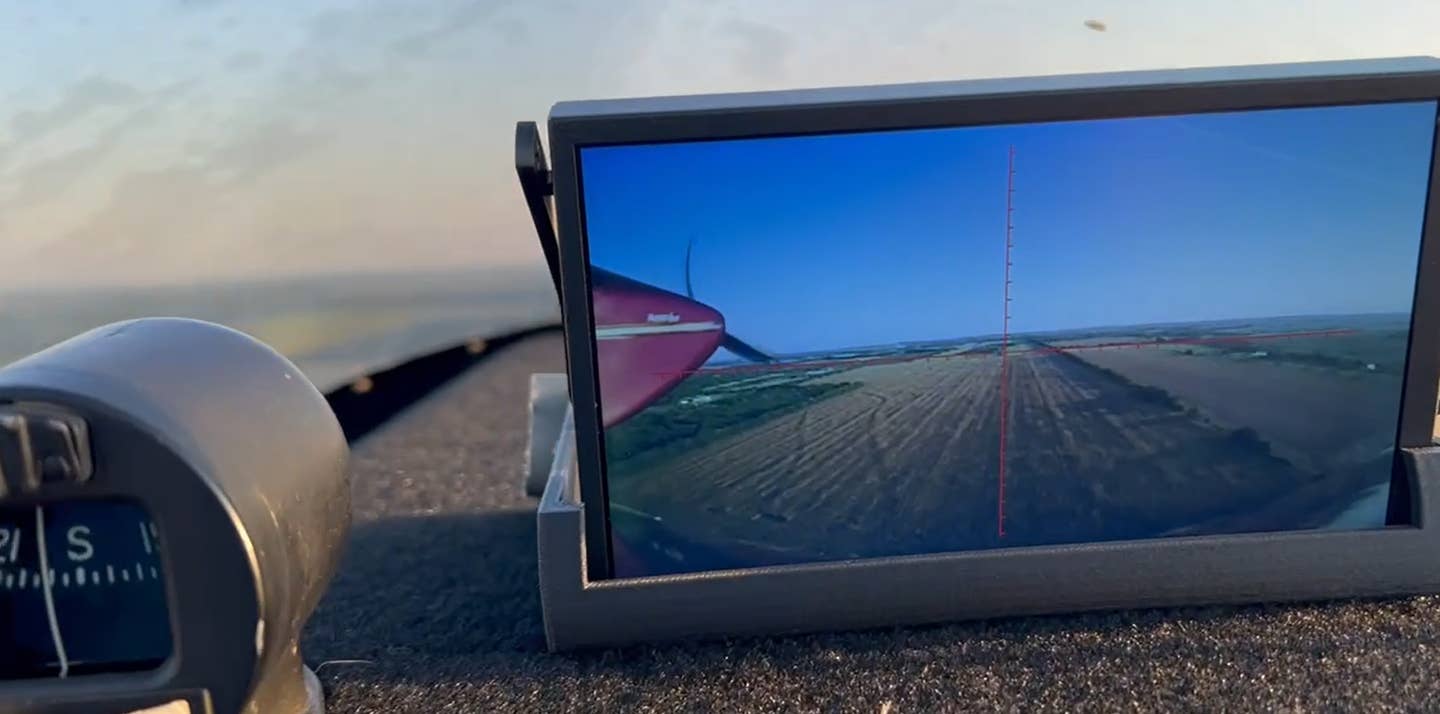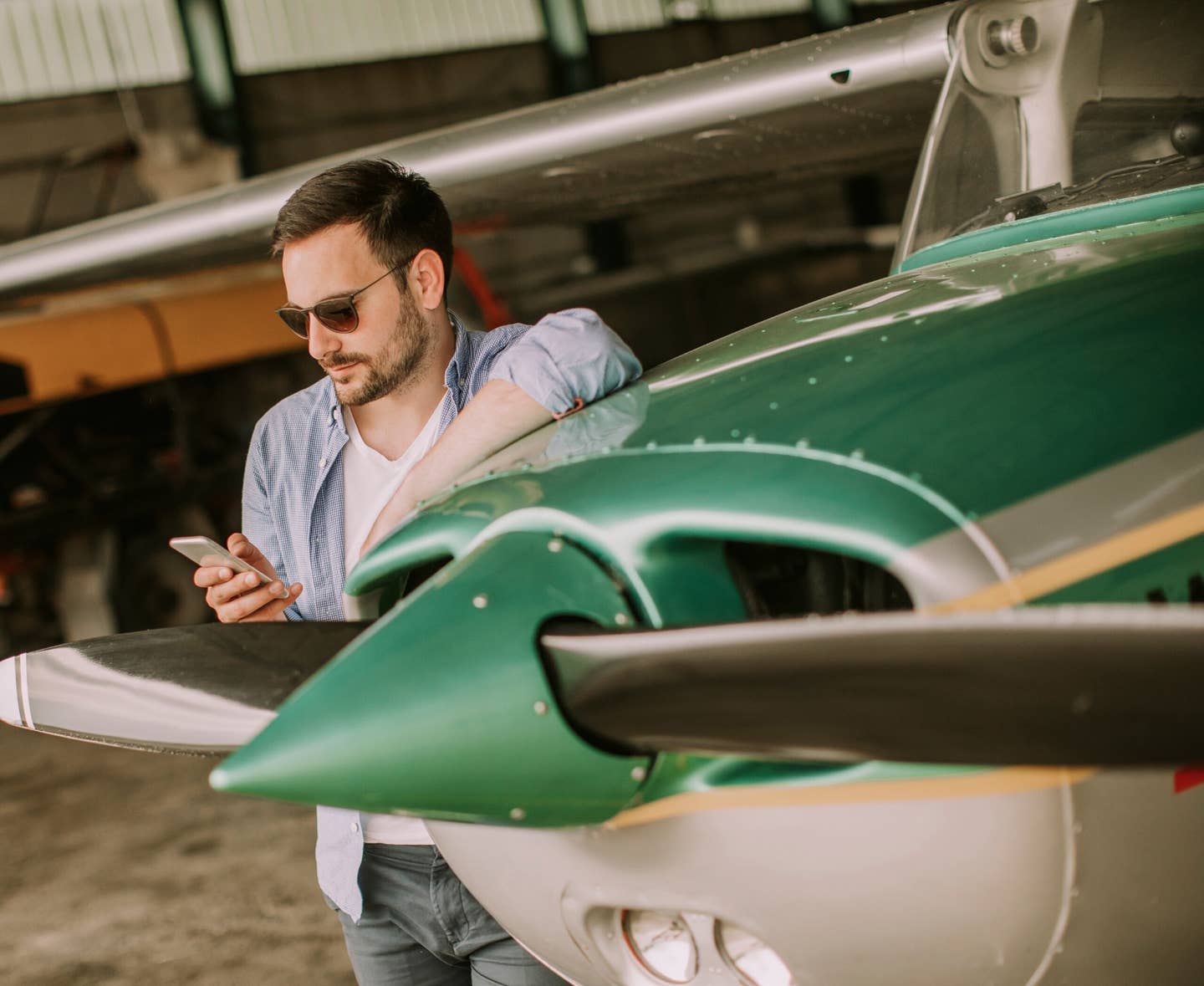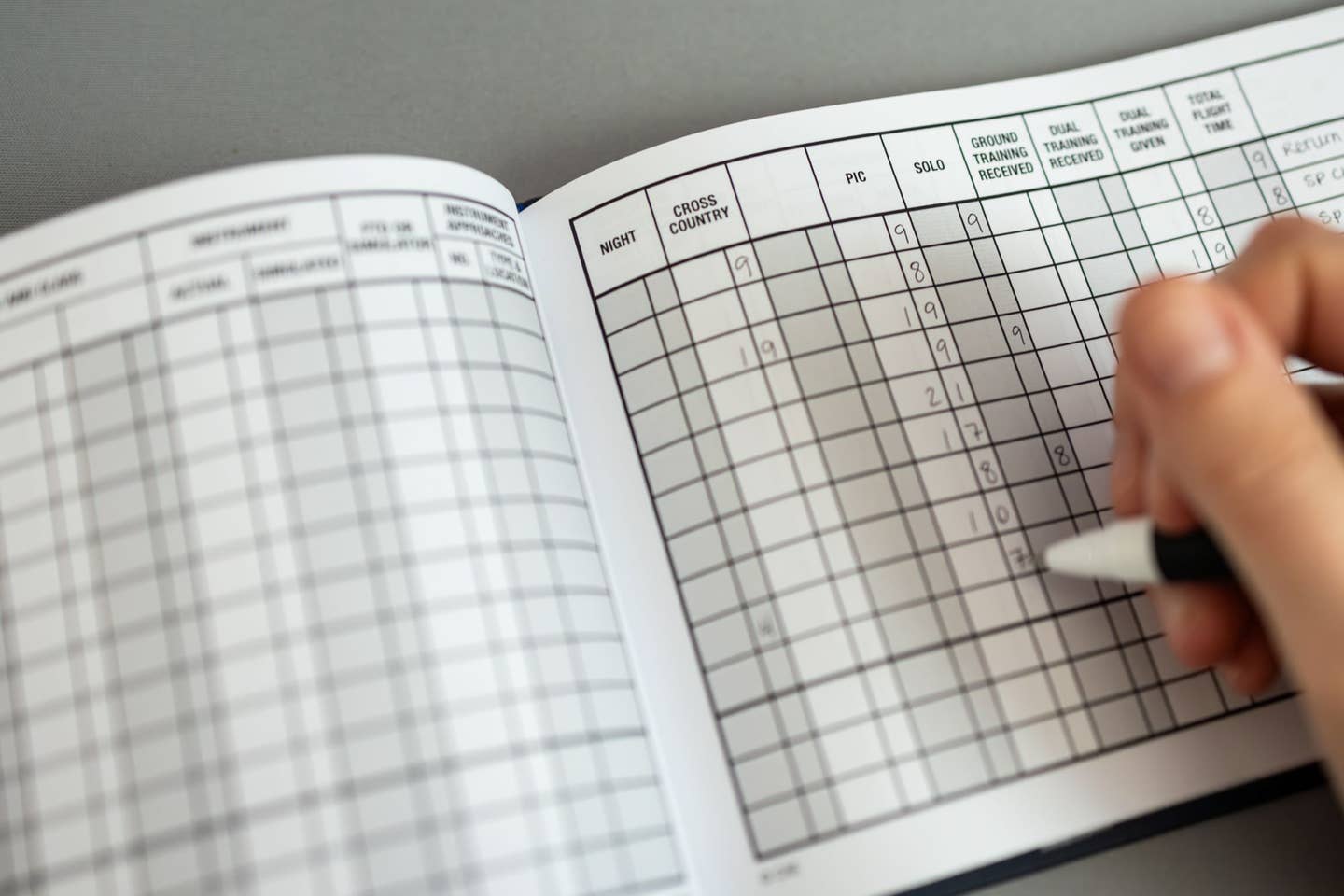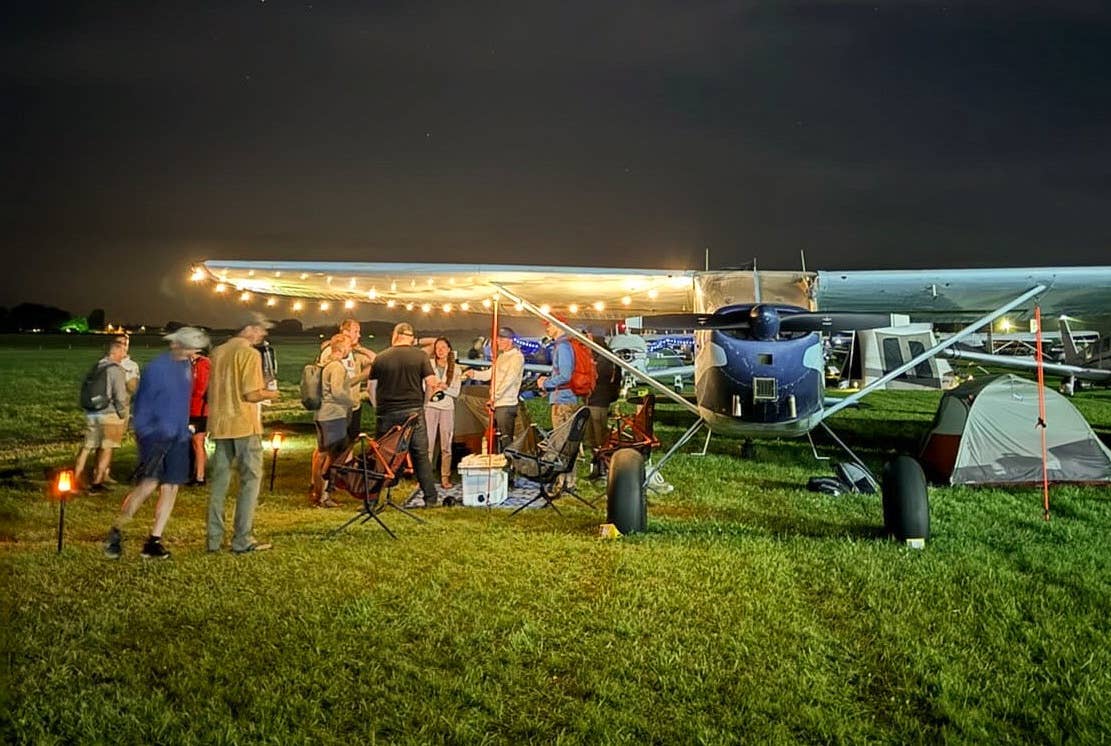Which Equipment Meets FAA Oxygen Requirements?
Let’s maximize aviation safety by understanding FAA oxygen regulations.
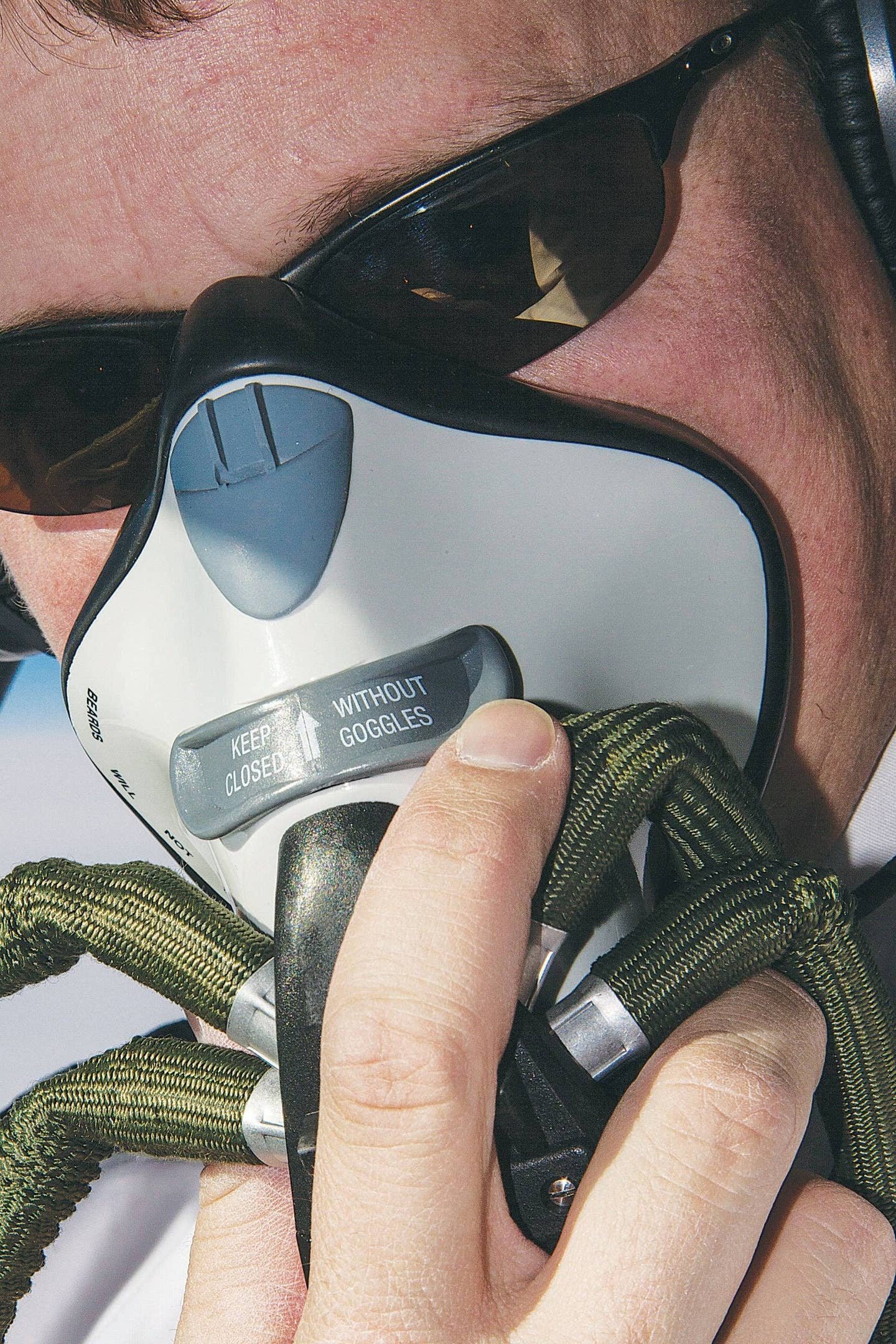
In unpressurized aircraft, the oxygen system provides supplemental oxygen when required by altitude and time of exposure. [Flying file photo]
To conduct flights at higher altitudes, an aircraft must either have a pressurized cabin to replicate the pressure at a lower altitude, or its occupants must be given supplemental oxygen. Regardless of the system, basic knowledge of oxygen equipment can be critical whether you are flying a pressurized commercial jet or an unpressurized general aviation aircraft.
In unpressurized aircraft, the oxygen system is primarily intended to provide supplemental oxygen when required by altitude and time of exposure. It can also be used, when required, for protection in the event of smoke, fire, and/or fumes.
Conversely, the primary purpose of oxygen systems installed in a pressurized aircraft is for emergency use in the event of pressurization loss. Oxygen equipment must also be used for smoke, fire, and/or fumes events as well as certain normal flight profiles.
Overview of FAA Oxygen Regulations
The FAA, via Title 14 of the Code of Federal Regulations (14 CFR), governs supplemental oxygen requirements under different flight rules.
Part 91: General Operating and Flight Rules
14 CFR 91.211, which pertains to supplemental oxygen requirements for civil aircraft, states:
- At cabin pressure altitudes above 12,500 feet msl and up to 14,000 feet msl, the required minimum flight crew must use supplemental oxygen if the flight at these altitudes lasts more than 30 minutes.
- At cabin pressure altitudes above 14,000 feet msl, the entire flight crew must use supplemental oxygen during the entire flight time at these altitudes.
- At cabin pressure altitudes above 15,000 feet msl, all occupants of the aircraft, including passengers, must be provided with supplemental oxygen.
Additionally, for pressurized cabin aircraft:
- At flight altitudes above flight level (FL) 250, a 10-minute supply of supplemental oxygen must be available for each occupant of the aircraft, including passengers, in case of cabin pressurization loss.
- At flight altitudes above FL 350, one pilot must wear and use an oxygen mask that automatically supplies oxygen when cabin pressure exceeds 14,000 feet msl. If two pilots are present, quick-donning oxygen masks are acceptable below FL 410.
- If it is necessary for one pilot to leave the flight deck when operating at flight altitudes above FL 350, the remaining pilot shall put on and use an oxygen mask until the other pilot has returned to that crewmember's station.
Part 135: Operating Requirements Regarding Commuter and On-Demand Operations
14 CFR 135.89, which outlines the requirements for supplemental oxygen use by pilots of commuter and on-demand operations, states:
- Above 10,000 feet through 12,000 feet msl, each pilot must use supplemental oxygen if the flight at these altitudes lasts more than 30 minutes.
- Above 12,000 feet msl, each pilot must use supplemental oxygen during the entire flight time at these altitudes.
Additionally, for pressurized cabin aircraft:
- Whenever a pressurized aircraft operates with cabin pressure altitude above 10,000 feet msl, each pilot shall follow the same requirements as above.
- At altitudes above 25,000 feet through 35,000 feet msl, unless each pilot has an approved quick-donning type oxygen mask:
- At least one pilot must wear an oxygen mask that supplies oxygen continuously or automatically when cabin pressure altitude exceeds 12,000 feet msl.
- Other pilots in the flight deck must have quickly accessible oxygen masks.
- At altitudes above 35,000 feet mslMSL, at least one pilot at the controls must wear the required oxygen mask.
- If it is necessary for one pilot to leave the flight deck when operating at flight altitudes above 25,000 feet msl, the remaining pilot shall put on and use an oxygen mask until the other pilot has returned to that crewmember's station.
Part 121: Operating Requirements Regarding Domestic, Flag, and Supplemental Operations
14 CFR 121.329 pertains to supplemental oxygen requirements for turbine-engine-powered airplanes conducting domestic, flag, and/or supplemental operations. It states each certificate holder must equip their airplane with sustaining oxygen and dispensing equipment. In addition, the amount of oxygen provided must be sufficient to comply with the rules of this section.
For crewmembers:
- At cabin pressure altitudes above 10,000 feet, up to and including 12,000 feet, oxygen must be provided for and used by each member of the flight crew on flight deck duty and must be provided for other crewmembers for that part of the flight at these altitudes for a duration longer than 30 minutes.
- Above 12,000 feet, oxygen is required for all flight crewmembers during the entire flight at these altitudes.
For passengers:
- For flights lasting more than 30 minutes at cabin pressure altitudes above 10,000 feet and up to 14,000 feet, enough oxygen for 10 percent of the passengers must be available.
- For flights at cabin pressure altitudes above 14,000 feet and up to 15,000 feet, enough oxygen must be provided for that part of the flight at these altitudes for 30 percent of the passengers.
- For flights at cabin pressure altitudes above 15,000 feet, enough oxygen must be provided for each passenger carried during the entire flight at these altitudes.
Equipment for Meeting FAA Oxygen Requirements
There are three components to most oxygen systems, whether they are portable or installed systems. They include storage systems (i.e., containers), delivery systems, as well as masks and cannulas.
When choosing oxygen equipment for an aircraft, it is critical to select products from trusted manufacturers known for their commitment to quality and safety.
Oxygen Storage Systems
Oxygen can be stored in the aircraft as a gas, liquid, or a solid. It can be stored in either high-pressure (i.e., 1,800-2,200 psi) or low-pressure (i.e., 400-450 psi) containers.
Oxygen Delivery Systems
There are three primary oxygen delivery systems:
- Continuous flow system: This system delivers a continuous flow of oxygen from the storage container to its user(s) whether they are inhaling, exhaling, or pausing in between breaths. This system is typically used at 28,000 feet and lower.
- Diluter demand system: This system gives its user(s) oxygen on demand, during inhalation, and stops the flow when the demand ceases during exhalation. The incoming oxygen is diluted with cabin air and provides the proper percentage of oxygen depending on the altitude. This system is typically used at altitudes up to 40,000 feet.
- Pressure demand system: This system provides oxygen under positive pressure. Positive pressure is a forceful oxygen flow that slightly overinflates the lungs. This, in a sense, pressurizes the lungs to a lower altitude, thus allowing its user(s) to fly at altitudes above 40,000 feet.
Oxygen Masks and Cannulas
When considering an oxygen mask or cannula, ensure it is compatible with the delivery system being used.
Nasal cannulas, for example, are continuous-flow devices and offer the advantage of personal comfort. However, they are restricted by federal aviation regulations to 18,000 feet service altitude.
Best Practices for Oxygen Equipment Use
Oxygen equipment certification and approval processes depend on the type of aircraft. Regardless of the oxygen equipment being used, regular maintenance and inspections must be followed to ensure the proper operation of the system.
Oxygen Equipment Certification and Approval Processes
The oxygen equipment certification and approval procedures follow 14 CFR Part 23 requirements for aircraft airworthiness standards. However, for type-certificated aircraft in private, noncommercial operations, any portable system may be used to satisfy the previously mentioned flight rules.
On the other hand, type-certificated aircraft that are approved for operation above 14,000 msl must have an oxygen system installed as part of the certification process. While that oxygen system cannot be uninstalled or removed, there is no requirement to use that oxygen system for private, non-commercial operations in unpressurized aircraft.
In private settings, a pilot can use a portable system to satisfy the oxygen use rules even with an installed system present in the aircraft.
Oxygen Equipment Maintenance and Inspection Protocols
The FAA recommends that every pilot performs the “PRICE” check prior to every flight on the oxygen equipment installed on the aircraft they are about to operate. Following these steps ensures the proper operation of the oxygen equipment in case there is a need for it:
- Pressure: Ensure there is enough oxygen pressure and quantity to complete the flight.
- Regulate: Inspect the oxygen regulator for proper function.
- Indicator: Don the oxygen mask and check the flow indicator to ensure a steady flow of oxygen.
- Connections: Ensure all connections are secured.
- Emergency: Have the oxygen equipment ready for use in emergencies requiring oxygen. This step should also include briefing passengers on the location of oxygen and its proper use.
Regular maintenance and inspections of the system should also be conducted per manufacturer’s instructions.
Choose Oxygen Equipment That Meets Your Needs
Oxygen equipment is an issue that should concern all pilots from a safety-of-flight standpoint.
When choosing oxygen equipment for an aircraft, it is critical to select products from trusted manufacturers known for their commitment to quality and safety.
In addition, every pilot should be familiar with the equipment they have on board, know when to use it, and most importantly, understand its limitations.
Havin and understanding your oxygen equipment is crucial to flight safety. Make sure that you fulfill all the other necessary preflight safety requirements as well before your next flight.
FAQ
What is the minimum oxygen saturation for flying?
The minimum oxygen saturation for flying varies depending on the context. A 100 percent oxygen saturation level is ideal while flying.
At what altitude do you need oxygen when flying?
Supplemental oxygen is required above 12,500 feet msl for unpressurized cabin aircraft, if the flight at these altitudes lasts more than 30 minutes. Additional requirements apply per 14 CFR 91.211.
What are the oxygen requirements for Part 121?
Part 121 oxygen requirements necessitate certificate holders to equip their airplanes with sustaining oxygen and dispensing equipment. In addition, the amount of oxygen provided must be sufficient to comply with the rules of 14 CFR 121.329.

Sign-up for newsletters & special offers!
Get the latest FLYING stories & special offers delivered directly to your inbox

